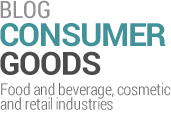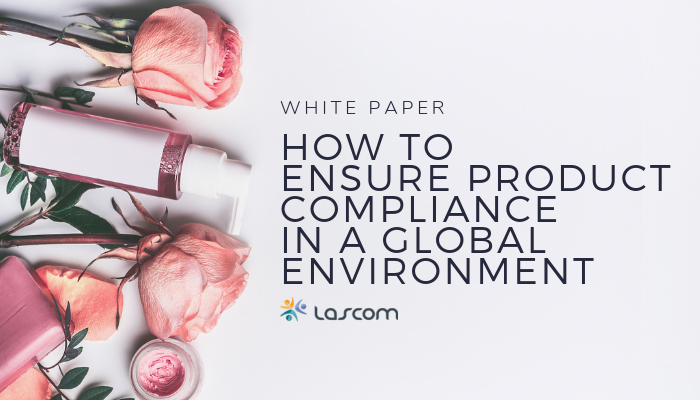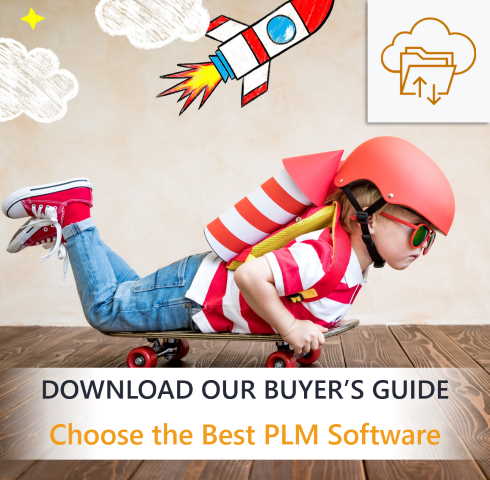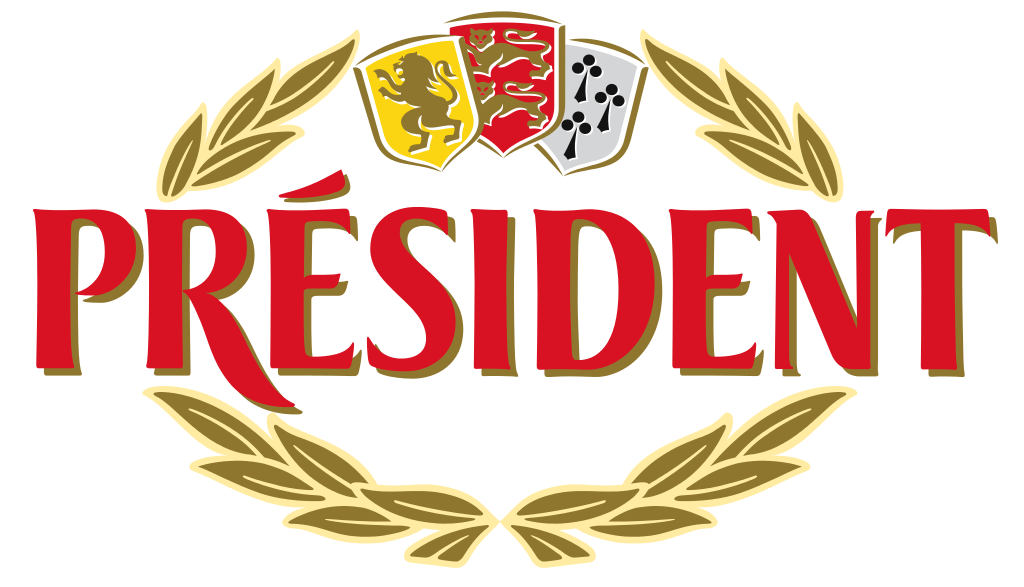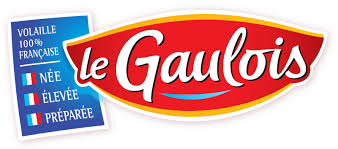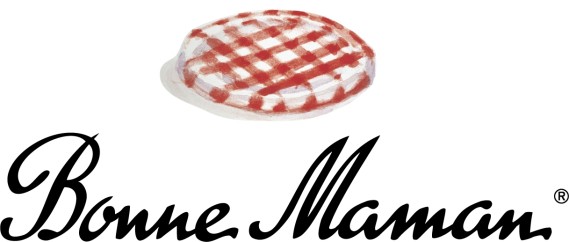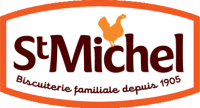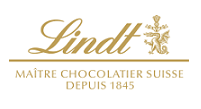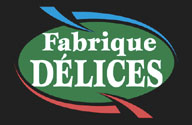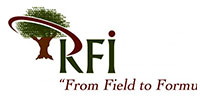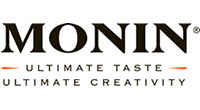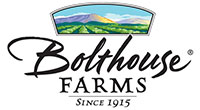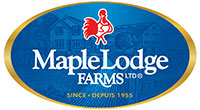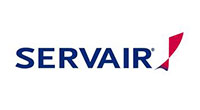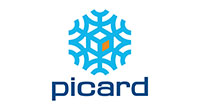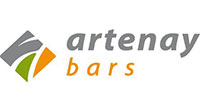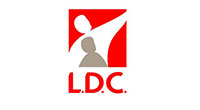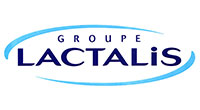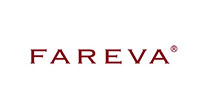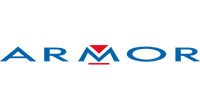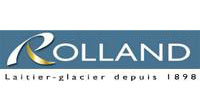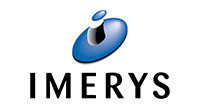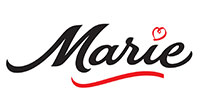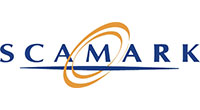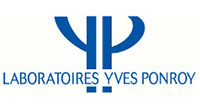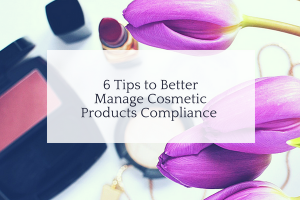
Product compliance is one the main pain points when developing a new cosmetic. Regulations are evolving fast and it is getting more and more difficult to follow. With globalization, brands are commercializing their products worldwide, which makes the whole process even more complex. Each country, region and sometimes states implement their own rules that businesses must respect.
Regulatory surveillance is essential to ensure products are compliant wherever they are sold in the world. It concerns every single part of the finished product: chemicals used for the formula, labeling, packaging, etc.
Cosmetic product: how to optimize compliance process?
1. Adapt processes to your business model
Accurate information is key for the regulatory affairs department during the product development process. Collecting the right information, at the right place and at the right time is usually a struggle for teams. But, managing a large amount of data can be very complex without a defined process. Especially when documents have to be gathered from different sources – suppliers and internal departments.
Business model options:
– Buy and resell finished products only –retailers case: Finished products are bought from different manufacturers and brands to be sold in stores directly to consumers
– Use contract manufacturers: Brands send their product specifications and claims to the manufacturer to create the finished product under a private label
– Produce the finished product in-house but using different suppliers for raw materials, container and packaging
Ensuring product compliance process:
– Collect from each supplier all the data and documents about each raw material and substance used including information about the container and packaging
– Secure information and documents collected and check their accuracy to make sure they’re complete and match regulations requirements
– Process information in order to complete required dossiers and forms, often data has to be transformed to fit requirements from each country
2. Cosmetic product: Control product information
Centralize and structure product data by creating a unique source of information, which allows you to access the right information at the right time. Retrieve, re-use and share data and documents is then made easy. Using excel sheets or word documents are no longer sufficient as the amount of data is increasing faster. Cosmetic businesses have to use a proper software to help them and optimize their product information management.
Structure product data during its entire life cycle is necessary to make information easily accessible, save precious time and avoid human errors and duplication.
Automate limited value-added tasks using pre-defined templates and thanks to an organized and structured system. Save time and limit errors by automatically generating regulatory documents such as the PIF, CNF or even product labels.
3. Optimize finished products and raw materials sourcing
Developing a new product implies managing many suppliers for raw materials, packaging, artworks, etc. The more stakeholders involved the more difficult it is to collect and share information in an efficient way. Optimizing collaboration between every single supplier is key in order to save time, money and energy.
Collect information efficiently from all your suppliers using templates will make the retrieving process easier and quicker as data will follow the same order and format.
Use a unique platform to maintain updated and accurate information accessible anytime by authorized users.
Make suppliers responsible by allowing them to enter product and raw materials data directly on your system. Have a proper interface to share documents, comments, RFP, etc. with them. Everything should be tracked and saved for a better follow up.
4. Ensure compliance from product design
Regulatory compliance concerns every component of the finished products, the earlier you start in the new product development process, the easier it will be. Cosmetics Formulation stage is one of the most complicated one, because requirements from the marketing team need to match compliance of the country of commercialization. Countries have different restrictions when it comes to raw materials use. Some of them are completely banned – different lists in the US, Canada and the EU, and others are banned when exceeding defined thresholds.
Check if requirements are respected and if the formula match regulations of the country of destination. As soon as formulators have created prototypes, they can be checked automatically to match regulations in force in the country of commercialization. Results are immediate, the product is either compliant or not. If not, reasons are given so that it can be easily changed.
Combine regulatory surveillance with an information system to create the formula and quickly respond to any regulations change. Each new regulations could affect the product formula any change could quickly become time consuming and very costly.
Substances thresholds and allergens are entered and updated on a regular basis on the system for each country of commercialization so that teams are alerted if the formula exceeds requirements.
Learn the two other best practices and all you need to know about worldwide cosmetic regulations, download our white paper below!
